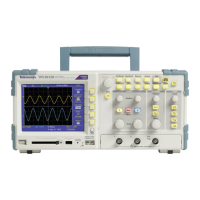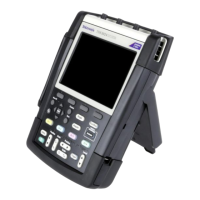Managing TPSBAT Battery Packs
Handling Battery Packs
Do not disassemble, crush, or puncture a battery.
Do not short the external contacts on a battery.
Do not dispos
e of a battery in fi re or water.
Do not expose a battery to temperatures above + 60 °C (+140 °F)
Keep the battery away from children.
Avoid exposing the battery to excessive shock or vibration.
Do not use a damaged battery.
If a battery pack has leaking fluids, do not touch any fluids. Dispose of a
leaking battery pack. The Environmental Considerations section contains
information on Disposal and Recycling. (See page xiii, Environmental
considerations.)
In case of eye contact with fluid, do not rub eyes. Immediately flush eyes
thoroughly with water for at least 15 minutes, lifting upper and lower lids,
until no evidence of the fluid remains. Seek medical attention.
Storing and Transporting Battery Packs
Storage
Store battery packs in a low-humidity environment (less than 80% relative
humi
dity) free of corrosive gases. Storing battery packs in high-humidity
environments, or outside the temperature range, can cause oxidation on the
metallic parts and increased leakage.
Charge or discharge the battery to approximately 50% of capacity before
storage.
Charge the battery to approximately 50% of capacity at least once every six
months.
Remove the battery and store it separately from the oscilloscope.
S
tore the battery at temperatures between +5 °C and +20 °C (+41 °F and
+68 °F).
NOTE. The battery self-discharges during storage. Higher temperatures (above
+20 °C or +68 °F) reduce the battery storage life.
TPS2000B Series Digital Oscilloscope User Manual 91

